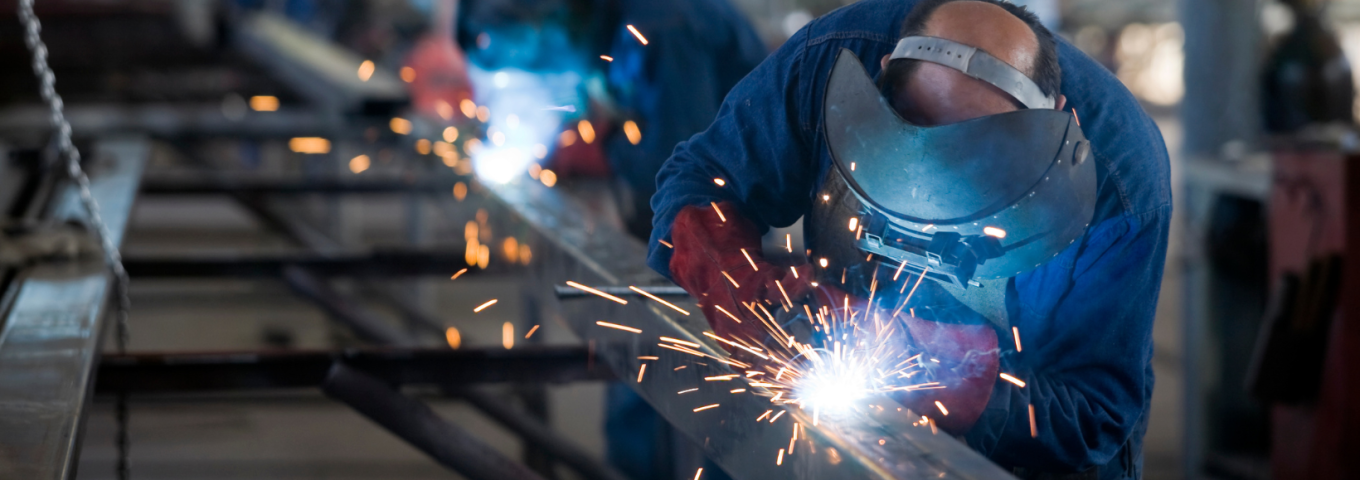Welding fumes: The dangers explained
Welding fume is produced when metals are heated to temperatures above their melting point, vaporised and condensed into fumes. These fumes have long been associated with life-threatening illnesses such as liver disease, kidney failure, and COPD.
However, in 2019 following years of investigations and tests, HSE announced that all welding fumes are to be recognised as carcinogenic. This means that all employers must put control measures in place to protect their workers from fume exposure and its associated risks.
What are the dangers?
Welding fumes are a combination of metals, metallic oxides, silicates and fluoride, and the risks associated will vary greatly depending on the metal in which a worker is welding.
All welding fumes can cause lung cancer however, each metal that a welder works with will produce its unique fume, presenting varying additional risks.
Nickel – Most commonly generated by the processing and manufacturing of stainless steel, prolonged nickel exposure has been linked to inflammation of the lungs, and cancer of the lung and nose, particularly the sinuses.
Iron oxides – Created during iron welding, exposure to Iron Oxide fumes can cause the flu-like illness Metal Fume Fever.
Chromium – Chromium irritates the respiratory tract and can cause pulmonary sensitization.
Lead – Exposure to high lead levels may cause weakness, anaemia, and kidney and brain damage.
Formaldehyde – Formaldehyde is a highly toxic systemic poison and a severe respiratory tract and skin irritant which may cause dizziness or suffocation if inhaled.
Cadmium – Cadmium is a highly toxic carcinogenic that damages most of the body’s systems, particularly the lungs, bones, and kidneys.
Arsenic – Present in all welding methods, breathing in high levels of arsenic can cause a sore throat, irritated lungs, and can even be fatal.
Beryllium – Inhaling Beryllium can irritate the nose, throat and lungs and often leads to Bronchitis and/or Pneumonia.
What does this mean for the welding industry?
Following the announcement in 2019, employers in the welding industry are now required by law to implement necessary extraction measures to prevent welding fume exposure in the workplace.
In addition, COSHH requires all employers to:
- Carry out a detailed risk assessment
- Prevent exposure and, if not possible, adequately control exposure to welding fumes
- Ensure all fume controls are in efficient working order
As well as wearing the appropriate PPE, workers must always use the dedicated extraction or control measures provided to avoid fume exposure.
How can LEV Engineering help?
We design and install bespoke LEV systems for the welding industry. If you would like to speak to our engineers about how you can protect your workforce, call us today on 0116 276 4522.

